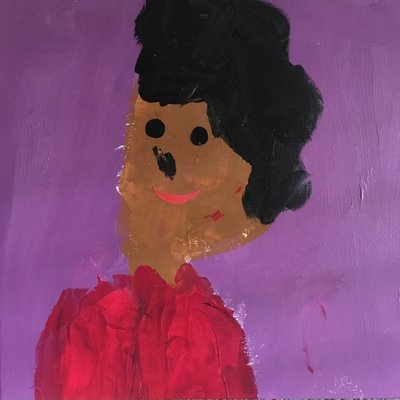The iPhone's iPod Interface
7 November 2007, mid-morning
Your finger tips are much bigger than the end of a mouse pointer. Apple is clearly aware of this, which is why most of the controls on the iPhone are large and easy to touch and work with. One glaring mistake in Apple’s choice of controls is the time-line bar in the iPod interface. If you want to fast-forward or rewind through a song you need to press the ball that indicates where you are in the song and drag it back or forward; the problem here is that this is incredibly inaccurate. I find it next to impossible to skip the first minute of a podcast. If the fast-forward button worked better then this would be a non-issue, but sadly it does not: the fast forward takes a second to kick in, and it’s so slow.
The other thing I don’t like about the iPod interface is that it is split over two pages. The “front” page has the timeline controle described above, and buttons to let you shuffle and repeat songs. It also shows the album cover art of the song playing. The “back” page has controls to rate songs, and has the list of songs on the album you are listening to. (The keyword here is album: if you are listening to songs on a playlist, this back page doesn’t list other songs on the playlist, it lists other songs on the album the song belongs to, which seems obtuse.) Now, there is plenty of screen real estate on the iPhone. Clearly Apple wants to show off this screen by dedicating most of the screen real estate to displaying the album art. The thing is, the controls from either page could easily fit on both pages. There is no reason that Apple couldn’t also include a song rating bar on the front page, or a time-line on the back page. (You could even hide these extra controls: tapping and holding the album are could bring up a rating bar for example.) This wouldn’t kill that much space; it certainly would make the interface a lot more functional.
The iPhone is a nice iPod, but i’m not sure it’s the best iPod evah.
